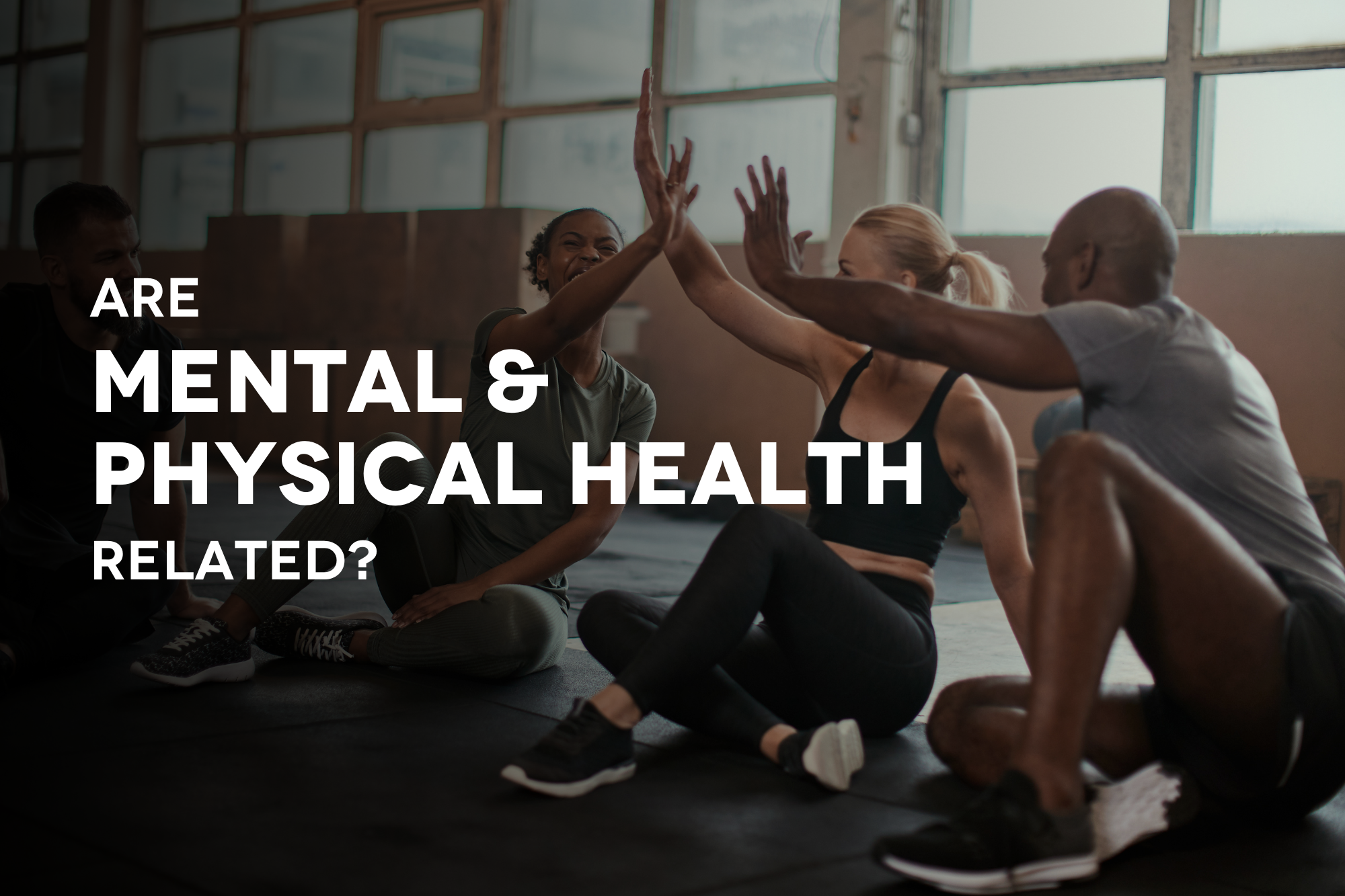By: Morgan Macklin
introduction
While most people can see a clear divide between what mental and physical health encompass, the fact is that the two are correlated. An article named No health without mental health brings about the staggering realization that nearly 14% of the global burden of disease is linked to mental disorders. Conversely, the presence of a health condition can increase the risk of mental disorders as well. Therefore, both of these terms are interrelated and should be discussed to mitigate the negative effects they can bring about. This article will cover examples of how mental and physical health are connected as well as methods to develop a healthy body and mind to improve overall well-being.
knowing the correlation: why does it matter?
Mental and physical health impact every single aspect of life from productivity in the workplace, ability to maintain relationships, and the potential to learn new skills, down to the simplest daily tasks. Learning how the two operate in conjunction is essential to finding the pathways to a flourishing in life. While the presence of one condition does not cause another, it is helpful to understand the potential for overlap. So, by understanding where things can go wrong, we can mitigate the risk factors associated.
Mental disorders can impact the rate at which health conditions develop or progress. This is because mental disorders can heighten the risk factors for disease including smoking and alcohol consumption, decreased activity, and poor diet. On the other hand, certain health conditions bring a risk of triggering mental health complications. This can be caused by damage to the brain or the feeling of psychological burden brought on by the chronic illness.
Lastly, the most essential reason for understanding this connection surrounds the fact that mental health conditions may cause a roadblock on the road to recovery, the potential to seek help, or delay proper diagnosis of physical health issues.
3 examples of how mental health impacts physical health
energy levels
Mental disorders like depression not only bring about feelings of fatigue but can impact one’s ability to gain proper sleep. This can fuel a vicious cycle in which symptoms related to anxiety, stress, and depression can be amplified by lack of sleep and in turn, create more difficulty falling and staying asleep. Without the proper fuel that sleep provides for the body, physical activity and mental focus can become extremely challenging.
2. heart health
Certain mental health conditions, if left untreated for long periods, can contribute to decreased heart health. Essentially, the chemical and biological factors that trigger mental health issues also relate to heart disease. This is due to a heightened level of stress and anxiety hormones in the body, both of which impact blood pressure and heart rate.
3. digestive health
The expressions “feeling butterflies” or “gut-wrenching experience” are common examples that identify the brain-to-gut-health connection. For example, a troubled intestine can send signals to the brain in the same way a troubled brain can send signals to the gut. So, stomach issues could cause or be a product of anxiety, stress, or depression.
Note: correlation does not equal causation and certain mental health issues can coexist with physical health issues without relation.
methods to create a healthy body and mind
Physical Health
Proper Diet
Mindfulness
Reaching Out
While poor mental health can lead to adverse effects on physical health (and vice versa), thankfully there are many simple ways to prevent these risks. Here are a few examples to improve overall well-being that can easily be integrated into day-to-day life.
set aside time for physical activities
An intensive gym routine isn’t necessary to improve mental/physical health. A daily 10-minute walk can leave you more alert and boost your mood while also reaping physical benefits. However, starting a new physical activity, sport, or gym is a good way to learn new skills, improve your body's fitness level, and get your fill of social engagement. Regular exercise is the simplest way to gain a wide range of benefits for your health.
maintain a proper diet
Ensuring you're fueling your body with healthy nutrients is an easy way to feel better physically and mentally. Diets with excessive high-calorie, over-processed foods can link to certain mental health conditions. Therefore, a healthy diet mitigates this risk while also helping to maintain a healthy weight, overall improving quality of life.
practice mindfulness
By integrating meditation, positive self-talk, breathing exercises, and/or journaling into your daily routine, you can improve mental and physical health. By setting your phone down and focusing on mindfulness before bed, you can improve your ability to get enough sleep as well.
reach out to others
Talking to friends, family, coworkers, or healthcare professionals ensures two-way communication which can decrease any emotional distress you may feel. Regardless of whether an individual has positive or negative mental health, a strong support system is helpful when it comes to dealing with adversity.
closing
Overall, it has become evident that mental and physical health are highly interrelated. With these correlations, it is important to understand the risks and learn how they can create an impact in life. It is also important to understand that when dealing with these adverse effects, you are not alone. There are numerous resources to reach out to in need, support systems to fall back on, and simple day-to-day actions you can take to reduce the negative effects.
Without mental health, there is no health.
move for mental health
At Impact Society we recognize this correlation and run an annual Move For Mental Health Campaign. The goal of this campaign is to spread awareness of the mental health crisis, promote healthy competition, and get people moving! All funds raised go towards supporting youth mental health and wellness through our Heroes Programs.



